Where To Find Hidden Cameras In Your Home?
In today's world, privacy is a growing concern, and the possibility of hidden cameras in your home can be unsettling. Whether you're renting a new place, staying in a hotel, or just want to ensure your personal space is secure, knowing how to find hidden cameras is crucial. This article will guide you through practical steps to detect hidden cameras in your home, ensuring your privacy and peace of mind.
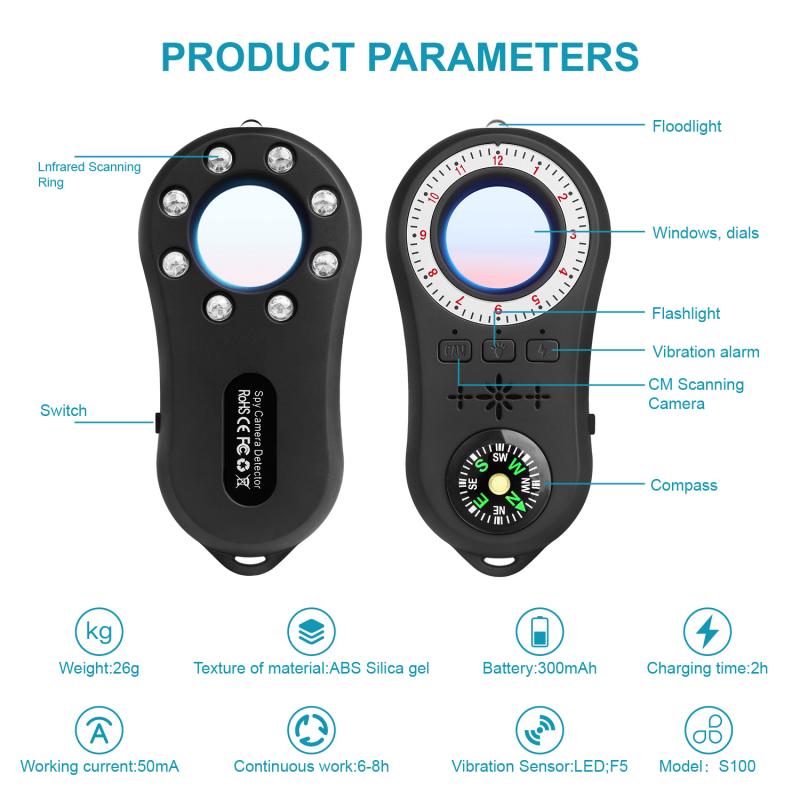
Understanding Hidden Cameras
Hidden cameras come in various shapes and sizes, often disguised as everyday objects. They can be embedded in smoke detectors, alarm clocks, air purifiers, picture frames, and even electrical outlets. The first step in finding hidden cameras is to understand where they might be placed and what they might look like.
Common Places to Check for Hidden Cameras
1. Smoke Detectors and Fire Alarms: These are common places for hidden cameras because they are usually positioned high and have a wide field of view. Check for any unusual wires or lenses.
2. Mirrors: Two-way mirrors can be used to conceal cameras. To test if a mirror is two-way, place your fingernail against the glass. If there's a gap between your nail and its reflection, it's a regular mirror. If there's no gap, it could be a two-way mirror.
3. Electrical Outlets and Power Strips: These can be modified to house small cameras. Look for any unusual modifications or extra wires.
4. Household Objects: Everyday items like alarm clocks, air purifiers, and picture frames can be used to hide cameras. Inspect these objects closely for any unusual features or lenses.
5. Books and Shelves: Books with holes cut out or shelves with unusual objects can be hiding spots for cameras. Check for any books that seem out of place or have been tampered with.
6. Decorative Items: Items like vases, stuffed animals, and wall art can also be used to conceal cameras. Look for any small holes or lenses.
Tools and Techniques for Detecting Hidden Cameras
1. Physical Inspection: Start with a thorough physical inspection of your home. Look for any unusual objects or modifications. Pay close attention to the common hiding spots mentioned above.
2. Use a Flashlight: Turn off the lights and use a flashlight to scan the room. Hidden camera lenses will often reflect light, making them easier to spot.
3. RF Detectors: Radio Frequency (RF) detectors can help you find wireless cameras by detecting the signals they emit. These devices are relatively affordable and easy to use.
4. Smartphone Camera: Your smartphone camera can be a useful tool. Some hidden cameras emit infrared light, which is invisible to the naked eye but can be seen through a smartphone camera. Turn off the lights and use your phone's camera to scan the room for any unusual lights.
5. Apps and Software: There are various apps available that can help detect hidden cameras. These apps use your phone's sensors to detect electromagnetic fields or infrared light.
6. Professional Help: If you're still unsure or want a thorough inspection, consider hiring a professional. Security experts have specialized equipment and experience in detecting hidden cameras.
Steps to Take if You Find a Hidden Camera
1. Document the Evidence: Take photos and videos of the hidden camera and its location. This documentation can be useful if you need to report the incident.
2. Do Not Touch the Camera: Avoid tampering with the camera, as it could be part of an ongoing investigation or connected to other devices.
3. Report to Authorities: Contact local law enforcement to report the hidden camera. Provide them with the evidence you have collected.
4. Inform the Property Owner: If you're renting or staying in a hotel, inform the property owner or management. They may need to take additional steps to ensure the safety and privacy of other residents or guests.
5. Secure Your Space: Consider taking additional steps to secure your home, such as installing your own security cameras, changing locks, or using privacy screens.
Preventive Measures
1. Regular Inspections: Make it a habit to regularly inspect your home for any unusual objects or modifications. This can help you catch hidden cameras early.
2. Use Privacy Covers: Use privacy covers for your devices, such as webcams and smart TVs, to prevent unauthorized access.
3. Secure Your Network: Ensure your home network is secure by using strong passwords and encryption. This can help prevent unauthorized access to your devices.
4. Educate Yourself: Stay informed about the latest trends and technologies in hidden cameras. This knowledge can help you stay one step ahead of potential intruders.
Finding hidden cameras in your home can be a daunting task, but with the right knowledge and tools, you can protect your privacy. Start by understanding where hidden cameras are commonly placed and what they might look like. Use a combination of physical inspection, tools, and technology to detect any hidden cameras. If you find a hidden camera, document the evidence, report it to authorities, and take steps to secure your space. By staying vigilant and taking preventive measures, you can ensure your home remains a safe and private sanctuary.


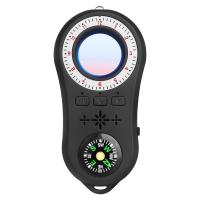
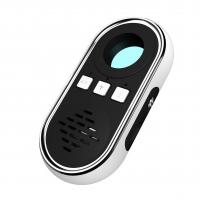

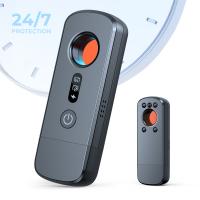
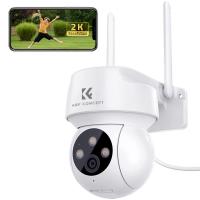



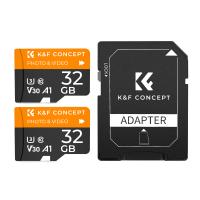
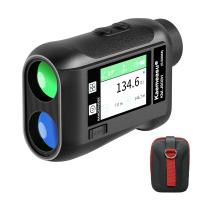
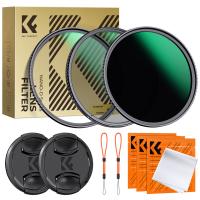
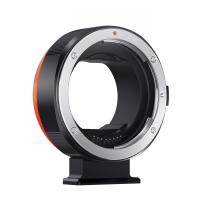

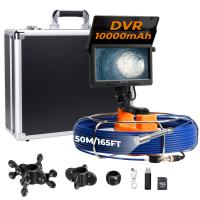
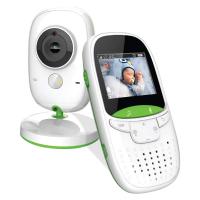





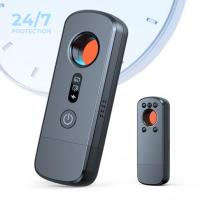

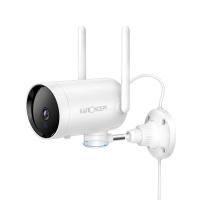
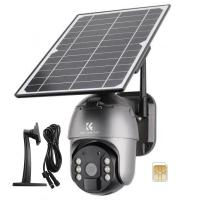



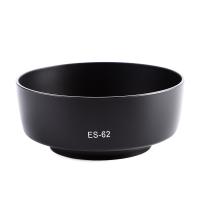

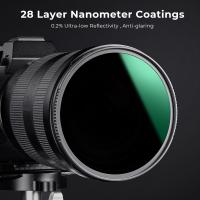

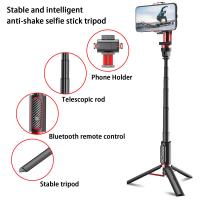

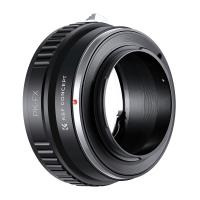

There are no comments for this blog.